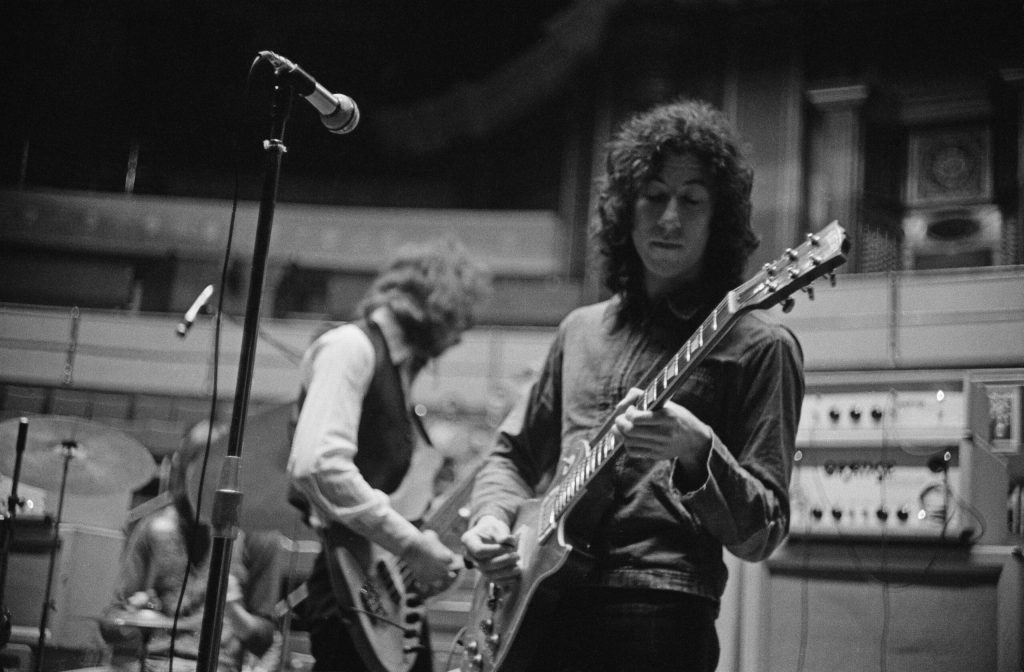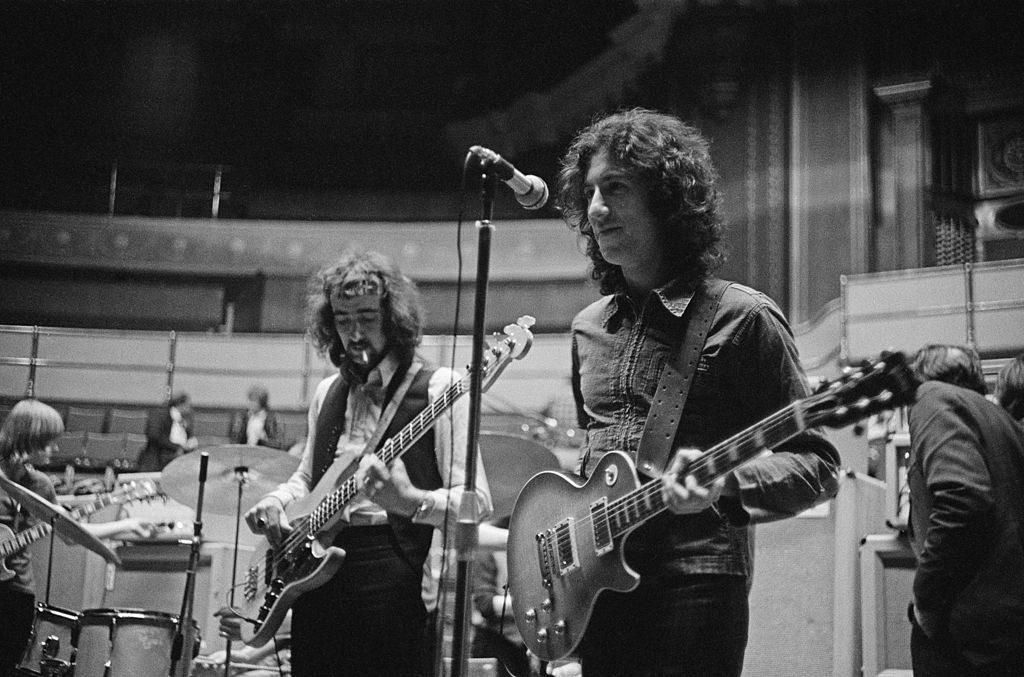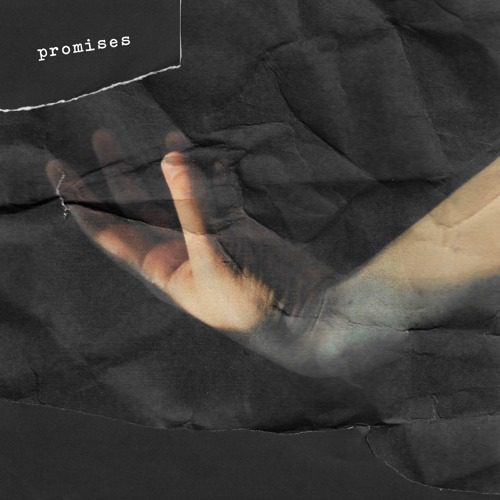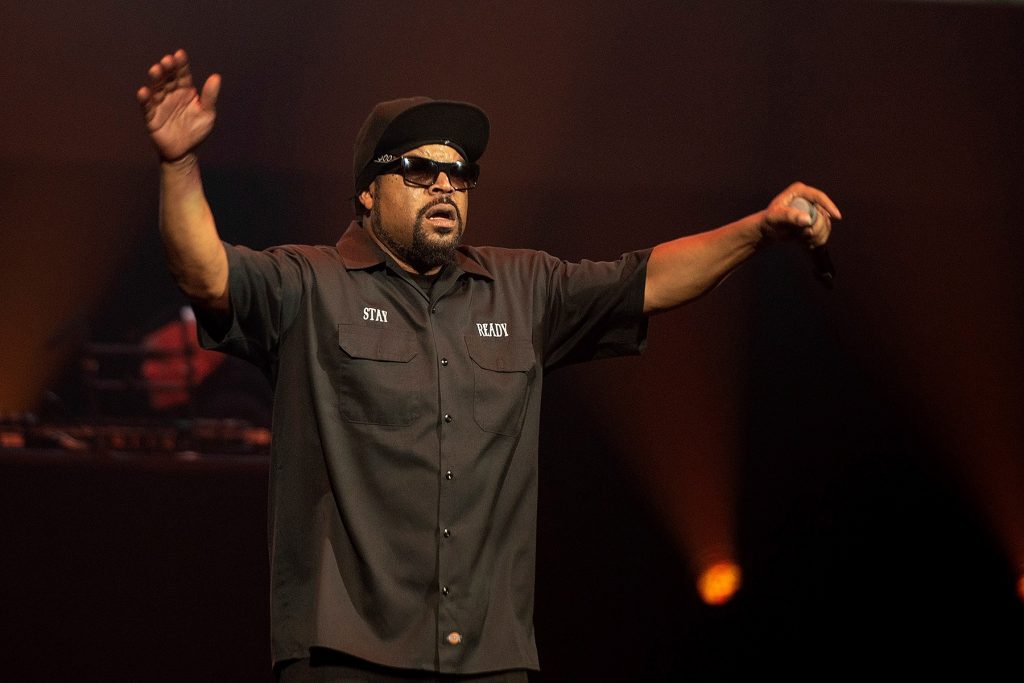
Farewell, Peter Green: The Timeless Blues Perfection of Fleetwood Mac’s Original Guitar Hero
If there’s one song that sums up the stoic guitar genius of Peter Green, it’s “Jumping at Shadows,” recorded live in February 1970, at the Boston Tea Party. Green was on top of the world; a 23-year-old rock star leading the London band he founded, Fleetwood Mac. They were the toast of Britain, riding their Number One hit “Albatross.” But “Jumping at Shadows” is a doomy blues ballad, his voice full of wistful dread, his guitar full of delicate pain. “I’m going downhill and I blame myself,” he sings. So much sadness in his fingers; so much tender fury. Peter Green’s serene, unhysterical sense of calm just makes the song scarier. He never lets his voice or guitar rise above a whisper, but you can hear the hellhounds on his trail.
“Jumping at Shadows” tells the whole Peter Green story in five minutes. He takes the song from U.K. bluesman Duster Bennett, but turns it into his own haunted autobiography. There’s no other rock & roll sound quite like the ache of Peter Green’s guitar. That’s why he’ll alway be remembered, and that’s why the music world is mourning his death at 73. Fifty years after he left Fleetwood Mac, his classics — “Love That Burns,” “Before the Beginning,” “Black Magic Woman” — still sting. The Mac hit Number One with his blissed-out space-surf instrumental “Albatross,” so great the Beatles copped it for Abbey Road, turning it into “Sun King.” He sang their 1969 ballad “Man of the World,” murmuring, “Shall I tell you about my life?”
But at his peak, he suddenly turned his back on music and vanished. He became one of rock & roll’s all-time mystery men. He had a tragic LSD-related mental breakdown, dropped out, ended up digging ditches or sleeping on the streets. By the time the Mac became Seventies superstars with Rumours, he was the forgotten man in their story, like Syd Barrett in Pink Floyd. When Stevie Nicks joined the band, she’d never heard of him. “I’ve cried myself to sleep many a night listening to early Fleetwood Mac and going, ‘What happened to this guy?” Mick Fleetwood said in 1997. “I’d always get people up in the hotel room on tour and say, ‘Now I want you to hear Peter Green.’ I’d put on a record and I would always end up in tears.”
Green eventually began playing again, touring with his Splinter Group. But there was always that fragility. “The guitar used to speak for me, but I can’t let it do that for me anymore,” he said in the documentary Man of the World. “I can’t let it break my heart again.”
He had a unique tone — he accidentally put the pickup on his Gibson Les Paul backwards, after taking it off to clean it, but kept it because he loved the sound. Like so many other U.K. rockers, he first got inspired by the Shadows’ master of twang, Hank Marvin. But he got hooked on the blues, going down to the corner cafe to play Howlin’ Wolf records on the jukebox and study Hubert Sumlin’s guitar. He replaced Eric Clapton in John Mayall’s Bluesbreakers in 1965, making his name with the dazzling vibrato freak-out, “The Supernatural.” Two years later, he took off with Bluesbreakers drummer Mick Fleetwood and bassist John McVie to start their own band, named after the rhythm section. The English blues scene was fixated on technical dexterity, but Green had a deep contempt for show-offs. As he sneered, “Good luck to the Snoggley Blues Band who are growing very popular now in the white blues world with a rhythm guitarist who can play 7,541 notes a minute.”
That wasn’t his style — he was all about emotion. “Sumlin and Wolf had it,” Green told Mojo in 1996. “The guitarists who copied them old black players were doing an interpretation, but couldn’t get to the feeling behind it. It was too deep, too painful if you do it right. It got too deep for me anyway. It ended up hurting my soul so I started to make up stories instead.”
His stories took many forms. He could write melancholy ballads on par with Nick Drake or Richard Thompson, but also heavy rockers like “Oh Well,” with its taunt: “Don’t ask me what I think of you / I might not give the answer that you want me to.” (Haim do a great version live.) “The Green Manalishi (With The Two Prong Crown)” was his proto-prog-metal epic. With his last Mac album, Then Play On in 1970, he explored the psychedelic dream-scapes of “Before The Beginning” and “Underway.” There were still traces on his solo album The End of the Game. But he got dosed with some bad acid, and disappeared.
I first heard his music one night when I was 23 and a friend came to visit from Los Angeles; we drove around Boston all night listening to a mix tape she made for the occasion. It was loaded with moody guitar songs, but “Man of the World” threw me for a loop — he sounded so gentle, yet so intense. (At dawn, we threw the tape out of the car window.) It’s ironic that his best-known song, “Albatross,” is his most anomalously cheerful, not far from the Shadows’ proto-surf twang. Robert Christgau described his “miraculously fluent” playing perfectly: “Peter Green, who filters B. B. King through Santo & Johnny with a saxophonist’s sense of line.” He was a cult hero with a mess of a discography — if you were a Green freak, you learned to grab any record you saw with his name on it, no matter how shady it looked, because you might never spot it again.
After he left Fleetwood Mac, his shadow seemed to hang over the band. Jeremy Spencer disappeared one day in L.A. in 1971 — he didn’t show up for a gig at the Whiskey a Go-Go, because he’d just joined a religious sect. Danny Kirwan also suffered a sad breakdown. As Lindsey Buckingham put it in 2013, “Historically, the track record has not been kind to the guitar players in this band.” Since then, that tradition has continued.
If you were a Green freak, you learned to grab any record you saw with his name on it.
But Stevie Nicks felt a kinship with Green. “There’s always been a very mystical thing about Fleetwood Mac,” she said in 1980. “When I first joined Fleetwood Mac, I went out and bought all the albums — actually, I think I had asked Mick for them because I couldn’t possibly afford to buy them — and I sat in my room and listened to all of them to try to figure out if I could capture any theme or anything. What I came up with was the word ‘mystical.’” She responded to that. “There is something mystical that went all the way from Peter Green’s Fleetwood Mac,” she said. “And since I have a deep love of the mystical, this appealed to me.” Last year, on the band’s 50th Anniversary tour, Stevie paid tribute to Green: she sang “Black Magic Woman” as if he wrote it for her, which in a way he did.
Like Syd Barrett, Green found some kind of peace in old age, keeping his distance from the outside world. When Mick Fleetwood did an all-star tribute in London in February, Green wasn’t there. “He’s not the Peter that I knew, clearly. But he plays acoustic guitar,” Fleetwood told IndieLand in January. “He loves painting, and fishing is his hobby. It’s no secret that he took a left turn and never came back, but he’s OK. He also has really little or no ego at all, which is unbelievable. You want to go, ‘Do you realize what you did?’ ‘No, no. Yeah, I suppose so.’ He has no ego about what he did.”
But the music Peter Green left behind is full of love that still burns.




